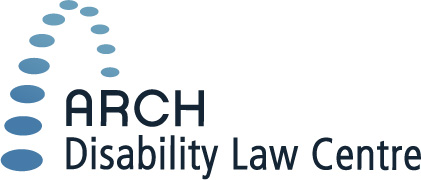Factsheet – What is the Accessibility for Ontarians with Disabilities Act (AODA)?
What is the AODA?
- The AODA is a law that aims to achieve a barrier free, or fully accessible, Ontario by 2025.
- The AODA asks obligated organizations to identify, remove and/or prevent barriers to full inclusion and participation of persons with disabilities in society.
- The AODA states that barriers are anything that stops the full and equal participation in society of persons with disabilities.
Who does the AODA apply to?
- The AODA applies to organizations under provincial jurisdiction. These include municipal or provincial government agencies or Ministries, non-profits and businesses. These are called “obligated organizations.
- Obligated organizations employ at least one person. They are required to comply with the mandatory requirements and timelines under the AODA.
- A small organization is one with 1-49 employees and a large organization is one with 50+ employees.
What are the requirements under the AODA?
- In practice, the AODA requires the development of Standards that become a Regulation under the AODA. Standards set some minimum requirements that help organizations identity, remove or prevent barriers in order to promote accessibility.
- There are currently five areas covered under the AODA. They are combined
into one Integrated Accessibility Standards Regulation. They include:
- Transportation, which requires transportation companies to use accessible equipment and features on their vehicles, routes and services. They must provide this information in accessible formats upon request. Furthermore, when accessible equipment is not working, companies must find other ways to accommodate passengers. They must also ensure that the equipment is fixed as soon as possible.
- Employment, which requires employers to make their workplace practices accessible to potential or current workers with disabilities. Employees can be full-time, part-time, seasonal or contract employees. This Standard does not apply to volunteers or unpaid persons.
- Information and Communication, which lists rules for organizations so they can create, provide, and receive information and communications that people with disabilities can access.
- Design of Public Spaces, which requires making newly constructed or redeveloped communal spaces like sidewalks, parks, benches, parking spaces, or recreational trails accessible.
- Customer Service, which requires service providers to make their goods, services, and facilities accessible for customers with disabilities. This Standard covers any businesses or organization with more than one employee, including grocery stores, clothing stores or similar businesses.
- In 2015, amendments were made to the Ontario Building Code that require accessibility features in all newly built or extensively renovated buildings.
For more information
For updates and ARCH’s submissions to Standards Development Committees, go to: www.archdisabilitylaw.ca/resources/law-and-policy-submissions ARCH offers public legal education presentations and free, confidential summary legal advice about the AODA and other accessibility laws to persons with disabilities in Ontario. Contact ARCH for more information about these services.
* The information provided in these materials is not intended to be legal advice. Consult a lawyer or legal worker if you need legal advice on a specific matter. This information is current as of December, 2019.
Factsheet – What is the Accessibility for Ontarians with Disabilities Act (AODA)? (06-12-2019))
Last Modified: June 13, 2025
